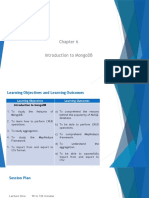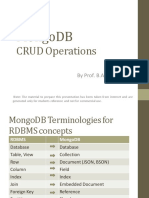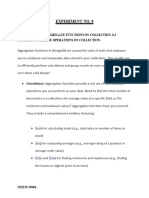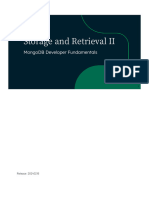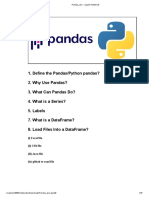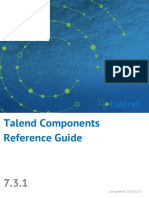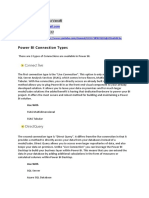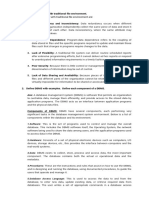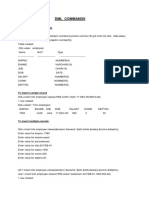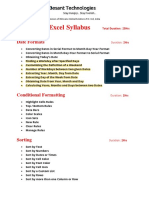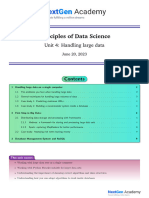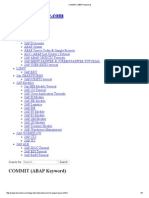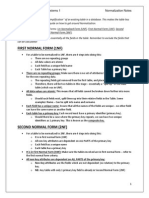0% found this document useful (0 votes)
17 views89 pagesModule-III MongoDB
The document outlines a module on MongoDB, detailing its features, CRUD operations, and data handling techniques. It includes learning objectives, session plans, and an agenda covering topics such as JSON, data types, and the MapReduce framework. Additionally, it provides examples of MongoDB commands for creating, updating, and querying data.
Uploaded by
chinnu.200420Copyright
© © All Rights Reserved
We take content rights seriously. If you suspect this is your content, claim it here.
Available Formats
Download as PDF, TXT or read online on Scribd
0% found this document useful (0 votes)
17 views89 pagesModule-III MongoDB
The document outlines a module on MongoDB, detailing its features, CRUD operations, and data handling techniques. It includes learning objectives, session plans, and an agenda covering topics such as JSON, data types, and the MapReduce framework. Additionally, it provides examples of MongoDB commands for creating, updating, and querying data.
Uploaded by
chinnu.200420Copyright
© © All Rights Reserved
We take content rights seriously. If you suspect this is your content, claim it here.
Available Formats
Download as PDF, TXT or read online on Scribd
/ 89
